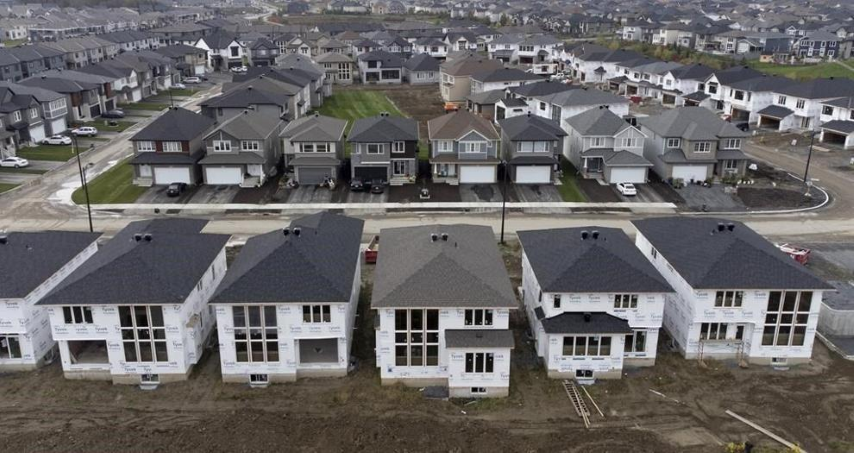
Homes under construction are seen in a suburb, Friday, Oct. 15, 2021 in Ottawa. The parliamentary budget officer says Canada would need to build 1.3 million additional homes by 2030 to eliminate the gap between housing demand and available supply. THE CANADIAN PRESS/Adrian
The Parliamentary Budget Officer (PBO) of Canada has highlighted a pressing need for the construction of 1.3 million additional homes by 2030 to bridge the country's housing deficit. This report, freshly unveiled, delves into the necessary expansion required to restore Canada's vacancy rate to its historical average. Moreover, it considers the potential formation of more households if an adequate housing supply were made available.
According to the PBO's analysis, Canada must aim to construct approximately 181,000 more homes annually than the current rate to meet these benchmarks. However, the report does not incorporate recent federal initiatives aimed at fortifying the housing supply nor the newly imposed cap on temporary residents set by the government.
Contrary to the PBO's findings, the Canadian Mortgage and Housing Corporation (CMHC) suggests a much larger figure of 3.5 million additional homes needed by 2030 to revert affordability levels to those seen in 2003-04. Yves Giroux, the Parliamentary Budget Officer, explains the disparity, noting that his estimate primarily addresses the discrepancy between housing demand and supply.
In response to the housing challenge, the Liberal government has rolled out a series of housing-focused announcements leading up to the federal budget, primarily targeting the augmentation of housing supply. These proposed measures encompass substantial funding for low-cost loans to stimulate rental construction and infrastructure investments allocated to provinces and municipalities.
The government's concerted efforts aim not only to address the housing shortage but also to regain support from disillusioned young voters. With soaring rental costs and diminishing prospects for homeownership, young Canadians are increasingly disheartened, prompting policymakers to prioritize solutions to ease their housing burdens.















